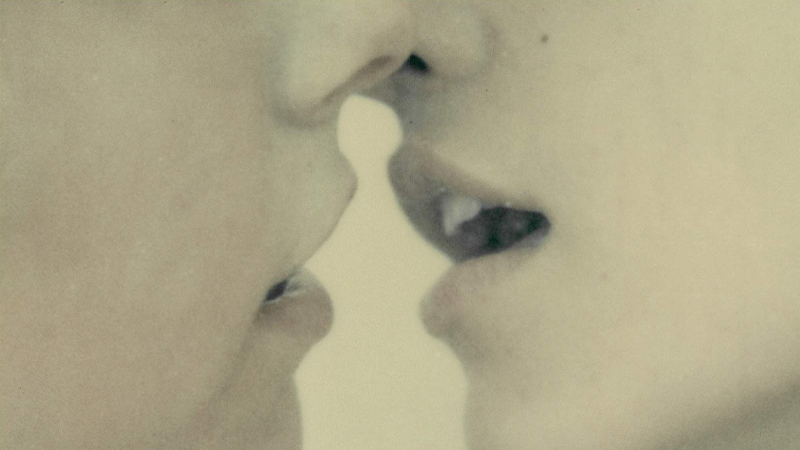
This week’s Fab 5 features Kerri Greenidge on Les Payne’s The Dead Are Arising, Hillary Kelly on emily m. danforth’s Plain Bad Heroines, Tracy O’Neill on Don DeLillo’s The Silence, Sigrid Nunez on Nicole Krauss’ To Be a Man, and Mark Athitakis on Matthew McConaughey’s Greenlights.
“Precisely this kind of textured attention to Black life and community, whether in Omaha or Boston, Atlanta or Accra, distinguishes Les Payne’s masterful biography, The Dead Are Arising: The Life of Malcolm X … a meticulously researched, compassionately rendered, and fiercely analytical examination of the radical revolutionary as a human being … The result is a portrait that pushes us beyond the adolescent hero worship that many in my generation cling to in our current political moment as we reread Malcolm X, C. L. R. James, Angela Davis, and other Black thinkers. We demand of our radical intellectual icons far more than any human being is capable of giving, even as their reconception of Blackness and global power fuels our radical calls for justice … With new information gleaned from decades of research, Payne sheds fresh light on key moments in Malcolm’s political journey … Because Payne takes the memories and views of Black communities seriously—because he never assumes that Malcolm’s Black contemporaries experienced him in the same way that we describe him in the present—The Dead Are Arising provides an invaluable glimpse into the mechanics of community mobilization led by Black women … The Dead Are Arising forces us to ask deeper, more complicated questions about the Black people and places from which our heroes come.”
–Kerri Greenidge on Les Payne’s The Dead Are Arising (The Atlantic)
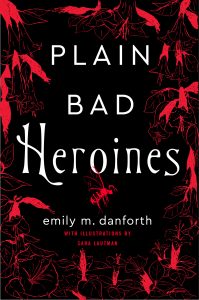
“Plain Bad Heroines, a queer historical meta-novel by Emily Danforth with at least a dozen layers of formal flourish, is joyfully and delightfully middlebrow; I say this with reverence in my tone and adoration in my heart. It’s 600 pages you can read in a weekend, a supersized Slurpee that will satiate you and leave behind a sugar high … There are direct asides to the dear reader, George Eliot-esque epigraphs and even ink sketches of bustle-skirted ladies in distress. It’s also — to use a word rarely employed in high praise — fun … There is no literary embellishment in which Danforth won’t indulge. Her narrator winks at us from the footnotes … In less dexterous hands, this sort of high-camp homage — which pops up perennially from novelists as varied as Susanna Clarke, Marisha Pessl and Reif Larsen — could fail spectacularly … She’s gifted at braiding characterization, suspenseful plotting and frequent injections of flat-out terror. And she knows that piling it on past the breaking point is a formal innovation all its own … What’s more, Danforth writes potent women … The sheer queerness of it all is exhilarating. No stock lesbians, and no coyness. Every major character is a queer woman — every last one — and each of them wears her sexuality differently, an idea that shouldn’t feel revelatory in 2020 but annoyingly does … It’s successfully played on and inverted the myth of a book as a haunted object, and at the same time made us afraid that even closing the book won’t prevent a zealous little insect from crawling out of its pages.”
–Hillary Kelly on emily m. danforth’s Plain Bad Heroines (Los Angeles Times)
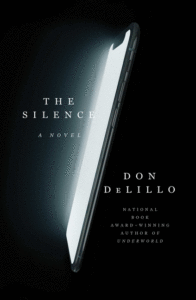
“In what may be the most high-concept book of his nearly fifty-year career, the plot’s inciting incident is the abrupt outage of all electronic screens … In the author’s signature style, distilled half-thoughts make their way into elliptical dialogue or accrete in anxious meditations … tension pulls across the textual divide, that is, in the frisson between the characters haltingly, scarcely being and the narrative convention in which something must give. It doesn’t much. This will disappoint some readers … In the austere mischief of DeLillo’s novel, what is real is that no matter how long Max stares at the black box of a dead screen on Super Bowl Sunday, it will not reveal who’s truly lost. It never did.”
–Tracy O’Neill on Don DeLillo’s The Silence (4Columns)
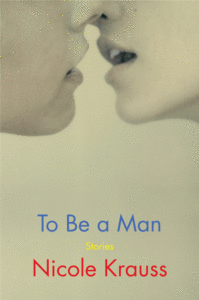
“There are many pleasures to be had from reading the stories in To Be a Man, though I suspect the main effect for many Krauss admirers will be impatience to get their hands on her next full-length work … It is impossible to read ‘Zusya on the Roof,’ about an elderly man named Brodman who has a near-death experience that pitches him into psychic upheaval, without feeling the presence of The History of Love’s Leo … we are deep in Krauss territory … That potent figure so familiar to us from the novels—a difficult, egotistical father—makes several appearances … ‘Seeing Ershadi’ is a strange and evocative story that, while straining credulity, manages to ring emotionally true … What puzzled me about ‘Amour’ was the setting: ‘one of the refugee camps’ … That they are in a place of grievous suffering is made vivid enough, but if there was a good reason to use it as a backdrop for a love story that did not in any way require such a setting, I could not see it … The use of both the refugee camp and the gas masks seemed to me like examples of the hook that writers are often encouraged to sink into the reader’s mind with their opening sentences. That device can serve a story well, of course, but since Krauss never engages with the difficult reality of either of these extreme situations, the hook ends up dangling like an upside-down question mark … Female as well as male power is represented in the collection, with deft capturings of that thrilling but perilous moment when a girl sees herself for the first time through adult men’s eyes … Unlike so often elsewhere in Krauss’s fiction, at no point in the narrative [of ‘End Days’] are we asked to suspend disbelief in order to fully understand or enjoy it. It is the collection’s shining example of just how much enchantment this capable writer can make out of ordinary people, dear ordinary people living their sweet messy everyday lives.”
–Sigrid Nunez on Nicole Krauss’ To Be a Man (The New York Review of Books)
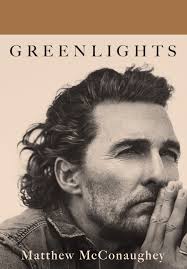
“Matthew McConaughey’s memoir, Greenlights, has a way of convincing you that being Matthew McConaughey is just about the easiest thing in the world … But the man who made a meme out of Nietzsche’s notion that ‘time is a flat circle’ isn’t going to tell a simple story about hard work and steady forward progress … McConaughey’s self-effacing slacker-cool attitude, which lets him casually drop a few thousand on the hapless Buffalo Bills in the Super Bowl, has made him an ideal masculine movie hero for our anxious moment. The world is on fire, but he has got you; he’s our mindful-breathing Brando … A great thing about Greenlights is that the persona never sounds like a put-on. The bad thing, though, is that he obviously wrote it himself and seems certain that in addition to being a memoirist he’s also a certified motivational speaker and, worse, a poet … Greenlights is stuffed with vaporous, circular proverbs for would-be McConaugheys … A fortune cookie might have written much of Greenlights if a fortune cookie had starred in Interstellar … So, on a scale of How to Lose a Guy in 10 Days to True Detective, I figure Greenlights is a solid Magic Mike — simply structured, a little flashy, but not as insightful as it wants you to think it is.”
–Mark Athitakis on Matthew McConaughey’s Greenlights (The Washington Post)

